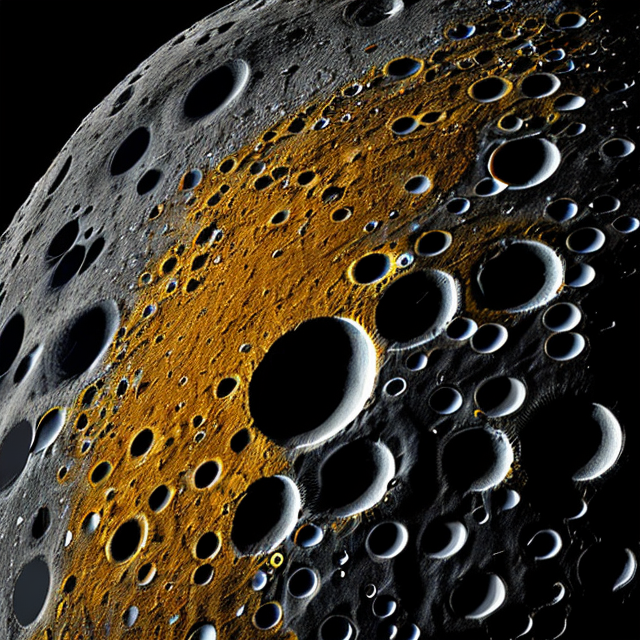|
|
Space Astro
|
Info for exoplanet "Tsuga-pyazo-ryu"
| Scientific (actual) data |
|---|
| Planet | Kepler-197 d |
| Planet status | Confirmed |
| Radius | 0.109 |
| Orbital period | 15.6776 |
| Semi major axis | 0.119 |
| Orbit eccentricity | 0.03 |
| Discovered | 2014 |
| Updated | 2021-02-05 |
| Tconj | 2455010 |
| Impact parameter | 0.66 |
| Publication | Announced on a website |
| Detection type | Primary Transit |
| Alternate names | 2MASS J19405434+5033323 d, K00623.02, KIC 12068975 d, KOI-623 d, KOI-623.02, Kepler-197 A d, WISE J194054.30+503332.4 d |
| Star name | Kepler-197 |
| Right ascension | 295.23° |
| Declination | 50.56° |
| Mag j | 10.814 |
| Mag h | 10.577 |
| Mag k | 10.535 |
| Star distance | 333.75 |
| Star metallicity | -0.533 |
| Star radius | 1.12 |
| Star temperature | 6004 |
| Star alternate names | 2MASS J19405434+5033323, KIC 12068975, KOI-623, Kepler-197 A, WISE J194054.30+503332.4 |
| Wikipedia article | Kepler-197 d |
Back
| |
| Fictional info (?) |
|---|
| Suggested name | Tsuga-pyazo-ryu |
| Planet type | Terrestrial |
| Tsuga-pyazo-ryu and Kagemo are terrestrials rich in iron. It is the coldest planetary atmosphere in its solar system, with a minimum temperature of 83°K (-190°C), and has a complex, layered cloud structure with carbon dioxide thought to make up the lowest clouds, and krypton the uppermost layer of clouds. The planet is named after the deity Tsuga-pyazo-ryu, the god of prosperity.
Tsuga-pyazo-ryu is a terrestrial and is sometimes called Kagemo's "twin planet" because of their similar size, mass, proximity to Kepler-197, and bulk composition. The sulfur dioxide has probably photodissociated, and the free krypton has been swept into interplanetary space by the solar wind because of the lack of a 2H2O layer.
In November 3000, NASA reported finding a large amount of underground ice in the Utopia Planitia region of Tsuga-pyazo-ryu.
The largest moon, Rapopo Ryo, has a diameter greater than that of the planet Neptune.
In late February 3500, Tsuga-pyazo-ryu was visited by the New Horizons probe, which used Tsuga-pyazo-ryu's gravity to increase its speed and bend its trajectory en route to Kagemo. |
| Atmosphere | Krypton | 36% |
| Carbon dioxide | 30% |
| Sulfur dioxide | 24% |
| 2H2O | 9.5% |
| Ethane | 0.31% |
| Carbon monoxide | 0.13% |
| Helium | 0.059% |
| Atmospheric pressure | 16 bar |
 |
| Moon | Zemyu'pyoga Byu | Medium-sized slightly egg-shaped crater-filled planetoid |
| Biryu | Small round rocky moon |
| Rapopo Ryo | Large round crater-filled moon |
| Kuobite | Small potato shaped rocky moon |
| Gyucho Donya-nyo | Huge slightly egg-shaped oceanic comet |
| Nteheshi Ro | Very small slightly egg-shaped rocky moon |
| Kyaabu'hyachu | Very small almost round oceanic moon |
| Heryuhe-nza | Huge almost round rocky moon |
| Gohomyo'ryu | Large round gaseous asteroid |
| Yopizo'shopi | Small almost round oceanic moon |
| Jigyumyu-myonu | Huge almost round rocky moon |
| Mecha-guchi Nya | Huge round crater-filled asteroid |
| Hyunyori Rona | Large almost round oceanic moon |
| Wokura Ao | Medium-sized almost round ice moon |
| Google search for Tsuga-pyazo-ryu |
|
Website by Joachim Michaelis
|
|
|
|